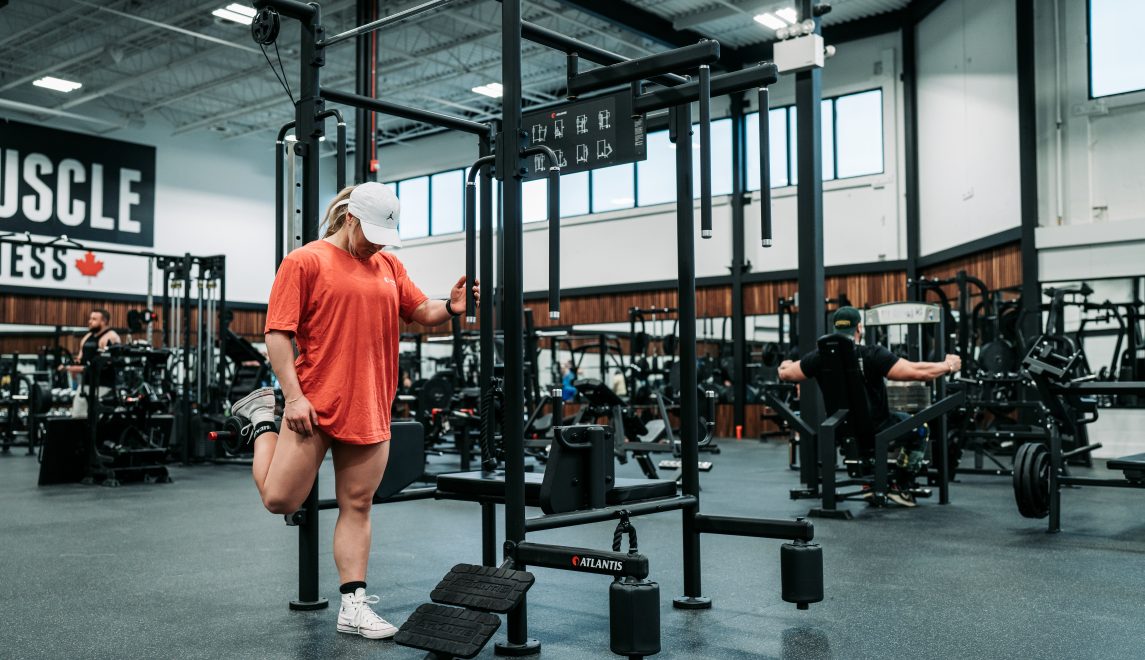Use the Right Strength Curve to Improve Your Hamstrings

Hamstrings are often the underdog of leg development, whether it’s for aesthetic improvement or athletic performance. As one of the less obvious muscle groups to develop, knowing what exercise to select matters as much as other loading parameters. Choose the proper way to train them, and it can make or break the progress of the trainee and speed up results.
Of course, the regular loading parameters of reps, sets, tempo, and rest still matter. Those are the basic tools of the trade. However, more knowledgeable experts are aware that this is not enough to get optimal results. This is why it is the common opinion of top experts that exercise choice is one such critical parameter. Hamstring development is a great example of where this knowledge can be applied.
One of the most useful factors in determining which training modality to select is knowing the strength curve of said exercise. If used well, knowledge of the strength curve can inform the choice of exercise you make as a coach and help you or your clients blast through plateaus.
The Strength Curve
But what is a strength curve, exactly? Well, it’s the mathematical representation of the amount of tension a muscle exerts on a given exercise on any given point within a range of motion. This in turn will let you know where the exercise is hardest and where the potential weak points are.
Let’s take leg curls as a demonstration in the case of hamstring training. These exercises have a linear descending strength curve. This means that exercises with this type of strength curve are easy at the start of the concentric phase and harder at the end. Typical examples of this are rows, chin-ups and of course lying and standing leg curls.
This is exactly why we designed our leg curl machines with a cam that is specifically created to provide a slight ease of the tension at the end of the movement, where most people will hit the hardest part of the strength curve, a.k.a the sticking point. This design led to strength coaches like the late Charles Poliquin, a top expert in strength development, to rave about the design of the Atlantis Strength cams and use their leg curl machines in the development of their athletes.
See For Yourself
If you want to experiment with different strength curves in your own workout: give this giant set a try:
A1 – PW322 Assisted Glute-Ham Raise, Ankles in dorsiflexion, toes neutral; 3 x 4-6 @ 4010 tempo; rest 10 seconds
A2 – C106 Lying Leg Curl, Ankles in dorsiflexion, toes pointing inward; 3 x 4-6 @ 3011 tempo; rest 10 seconds
A3 – C108 Seated Leg Curl, Ankles in plantar flexion, toes pointed outward; 3 x 6-8 @ 3011 tempo; rest 10 seconds
A4 – D215 Reverse Hyper; 3 x 10-12 @3011 tempo; rest 10 seconds
A5 – D828F 45º Back Extension Barbell held in a wide grip; 3 x 12-15 @ 3110 tempo; rest 120 seconds
Let us know how you limped into new gains!